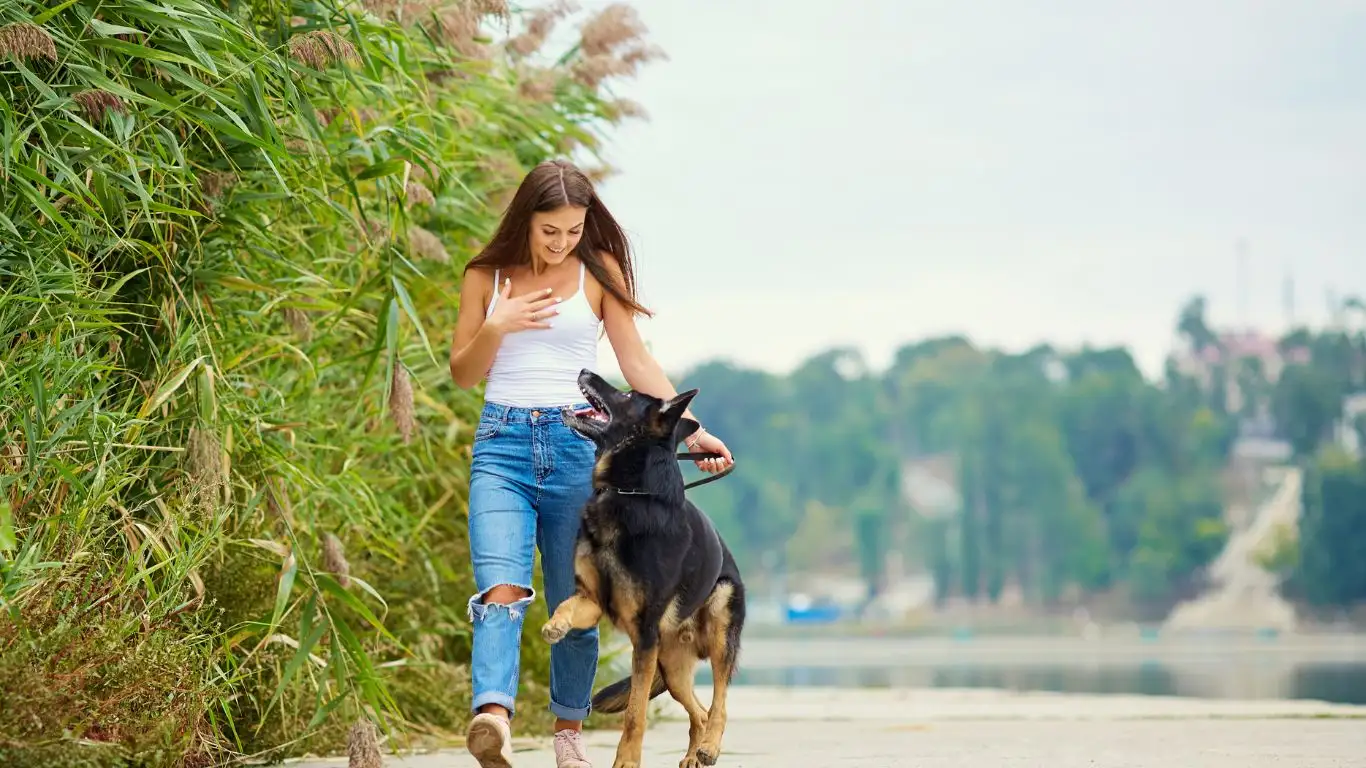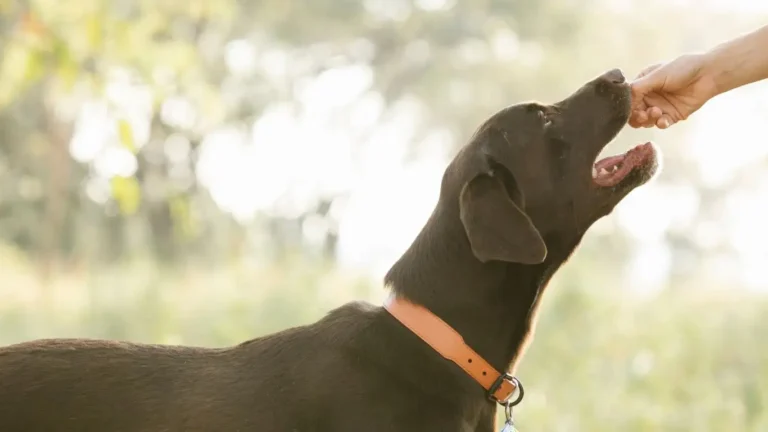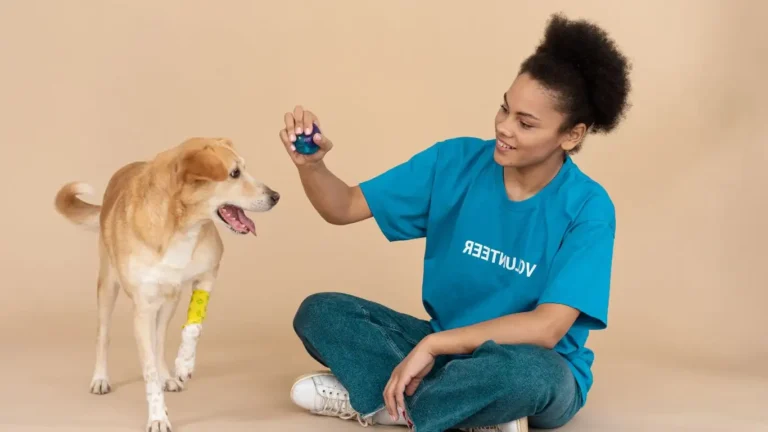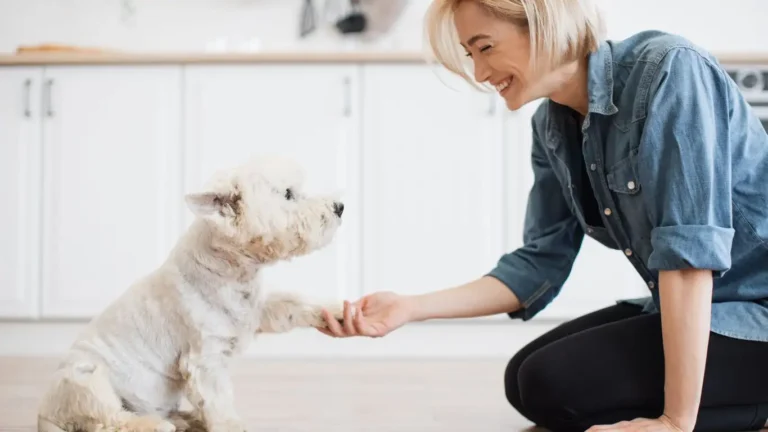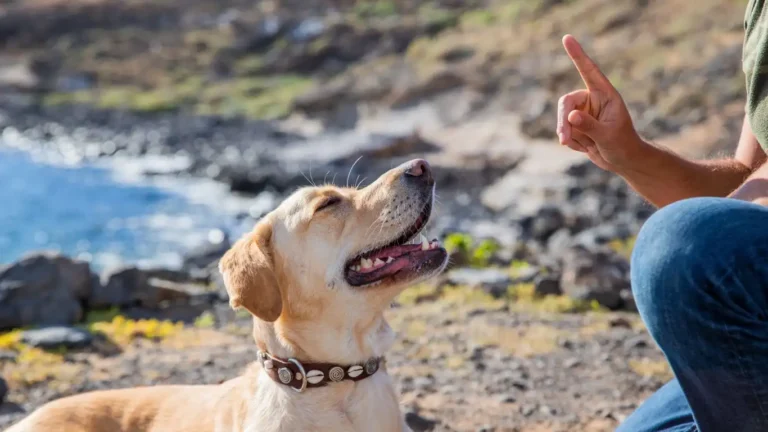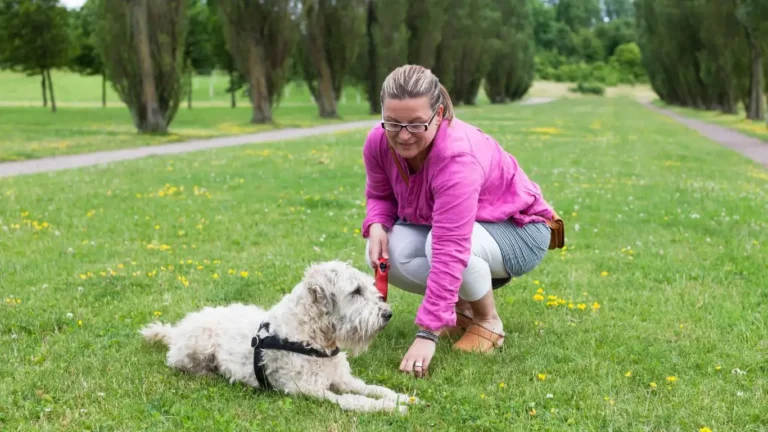How to Train a Dog to Accept Paw Handling: Easy Steps for Lasting Trust
If you’re wondering how to train a dog to accept paw handling, you’re not alone. I’ve been working as a Canine-Assisted Therapy Trainer for years, and one of the most common hurdles new pet parents face is getting their dog comfortable with something as simple as a paw touch. Sounds basic, right? But from a dog’s perspective, it can be a big deal. I’ve had dogs who could navigate a hospital floor like pros, staying calm around beeping machines and wheelchairs—but try touching their paw and you’d think it was the end of the world! Teaching paw tolerance isn’t just about grooming or vet visits; it’s a foundational trust exercise that can strengthen your bond with your dog in powerful ways.
Why Some Dogs Hate Having Their Paws Touched
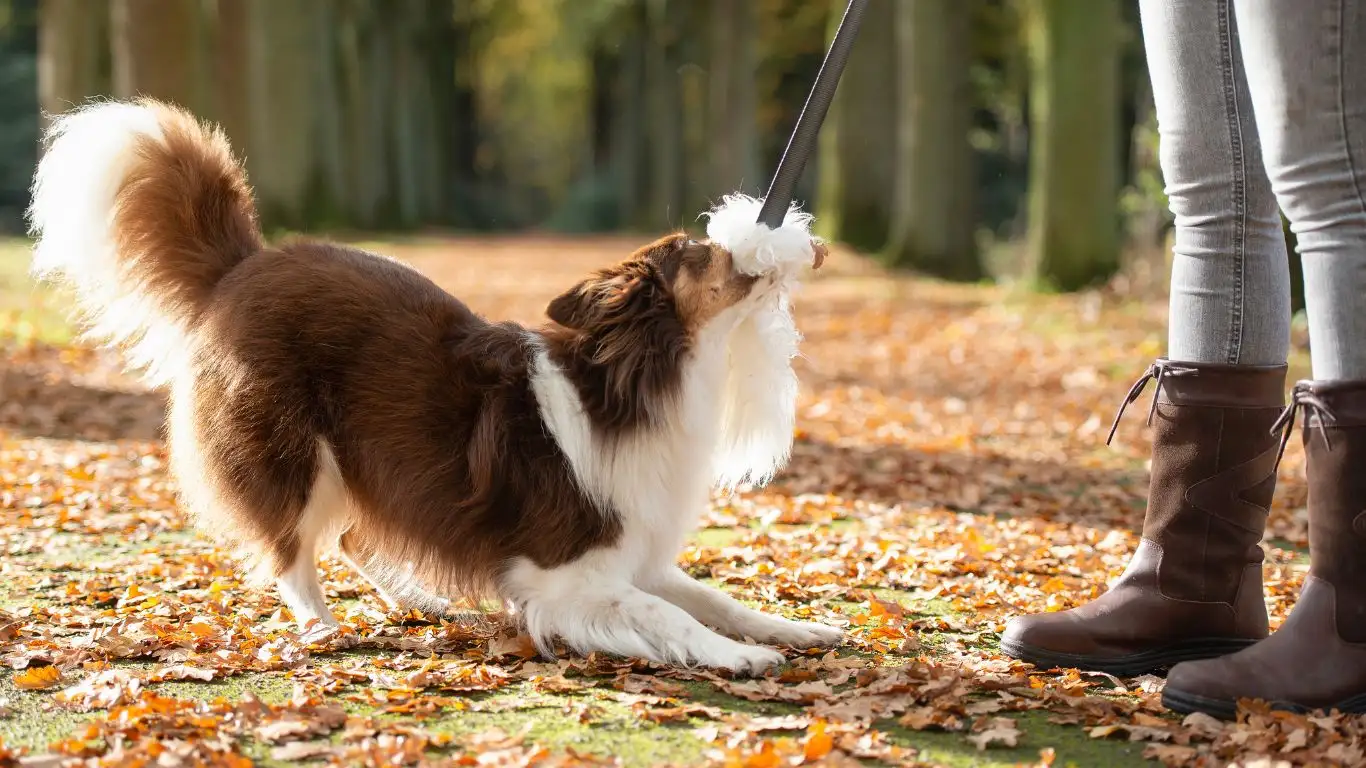
Let’s be real: most dogs don’t naturally enjoy having their paws touched. And if you’re a dog parent, you might’ve already noticed this. A lot of dogs instinctively pull back when you try. Why? Paws are vulnerable. In the wild, a dog would never let another animal mess with its feet—those paws are their survival tools. So when we go to trim their nails or wipe mud off, it can trigger a defensive reaction. Totally fair, honestly.
Over the years, I’ve found that dogs who were handled gently and consistently from puppyhood are usually better with paw work. But even older rescues can learn to accept it—it just takes patience, trust-building, and a little know-how. Some of my therapy dogs came from shelters with no clue what love even felt like, and now they roll over willingly for a paw inspection. It’s 100% doable.
How to Train a Dog to Accept Paw Handling: Getting Started
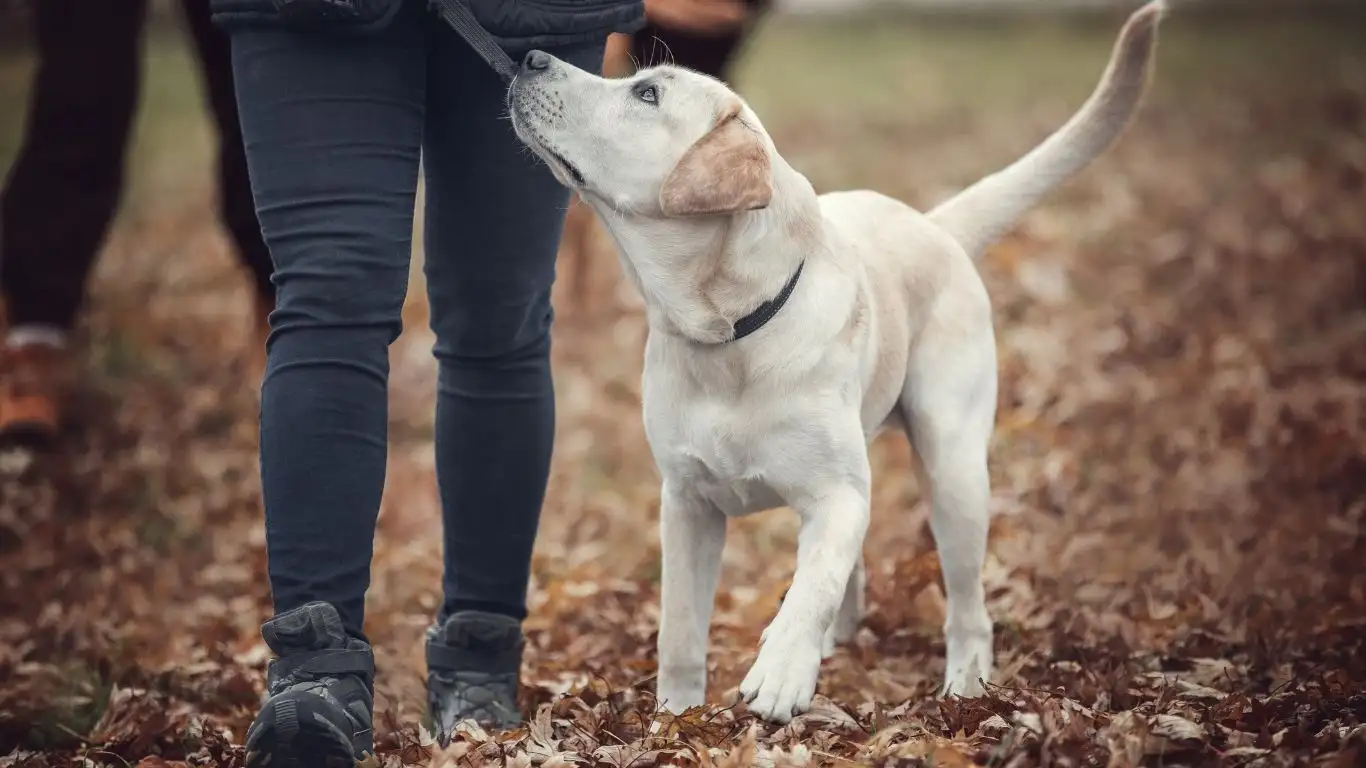
Start with Desensitization—No Pressure
This is where we take baby steps. And I mean baby. In the beginning, don’t go straight for the paw. Start by just hanging out with your dog when they’re relaxed—maybe during TV time or a chill cuddle session. Casually let your hand rest near their paw, then slowly move closer each day. Think of it like building a friendship. You wouldn’t walk up to someone you just met and start massaging their feet, right? Same principle.
- Use a calm voice and soft hands.
- If your dog pulls away, don’t scold—just back off and try again later.
- Every time they let you touch a bit closer, reward with a treat or praise.
Pair Touch with Treats
This is classic conditioning, and it works like a charm. When I trained my therapy dogs for hospital visits—where paw handling was common—we always used positive associations. The second your hand touches their paw, even just a brush, drop a treat or use their favorite squeaky praise voice. You’re rewiring how they feel about the sensation.
- Touch paw gently → treat immediately.
- Repeat 5–10 times a session.
- Gradually increase the intensity (from light touch to gentle holding).
Pro tip: If your dog already hates having their paws touched, don’t start there. Begin with leg touches and slowly inch down over days or weeks. I once had a golden retriever named Millie who wouldn’t even let me near her ankle at first. We worked in 3-minute sessions every day, and within two weeks, she was offering her paw like a champ. It’s about trust—and timing.
Reading Your Dog’s Body Language
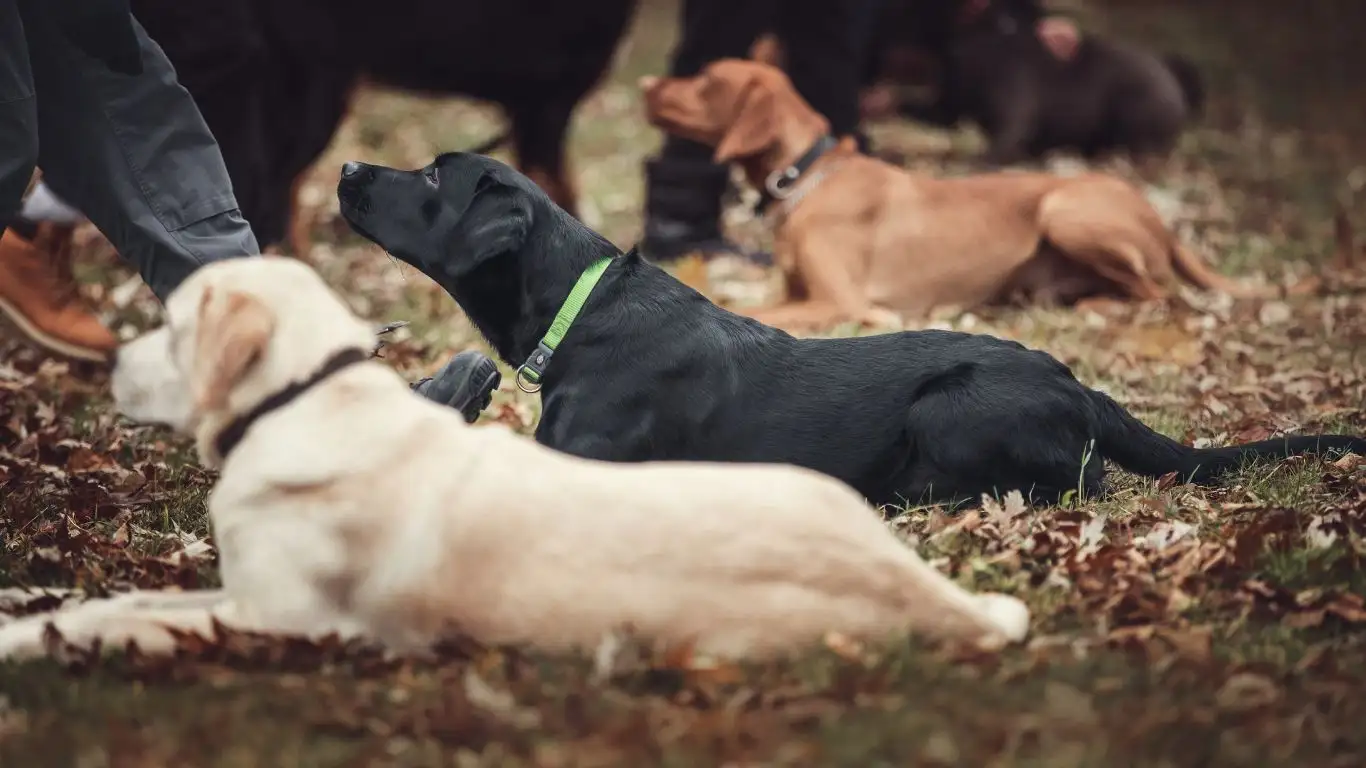
One of the most important parts of this training process is learning how to read your dog. Not all signs of discomfort are loud or obvious. A twitch, a head turn, a yawn—these are all subtle signs your dog might be a little stressed or uncertain. When you see them, slow things down.
Here’s what I look for during paw work:
- Relaxed posture: Loose muscles, soft eyes, maybe even a tail wag.
- Stress signs: Licking lips, turning away, shifting weight back, freezing.
- Over it signs: Growling, air snapping, or walking away—stop immediately and try again another day.
When I train therapy dogs, we always emphasize consent. That might sound weird for dog training, but I mean it. If a dog doesn’t want their paw touched that day, I listen. Forcing the issue just damages trust. I’ve had more success in slow, mindful sessions than any high-speed “boot camp” approach ever could.
Building Paw Tolerance Through Routine
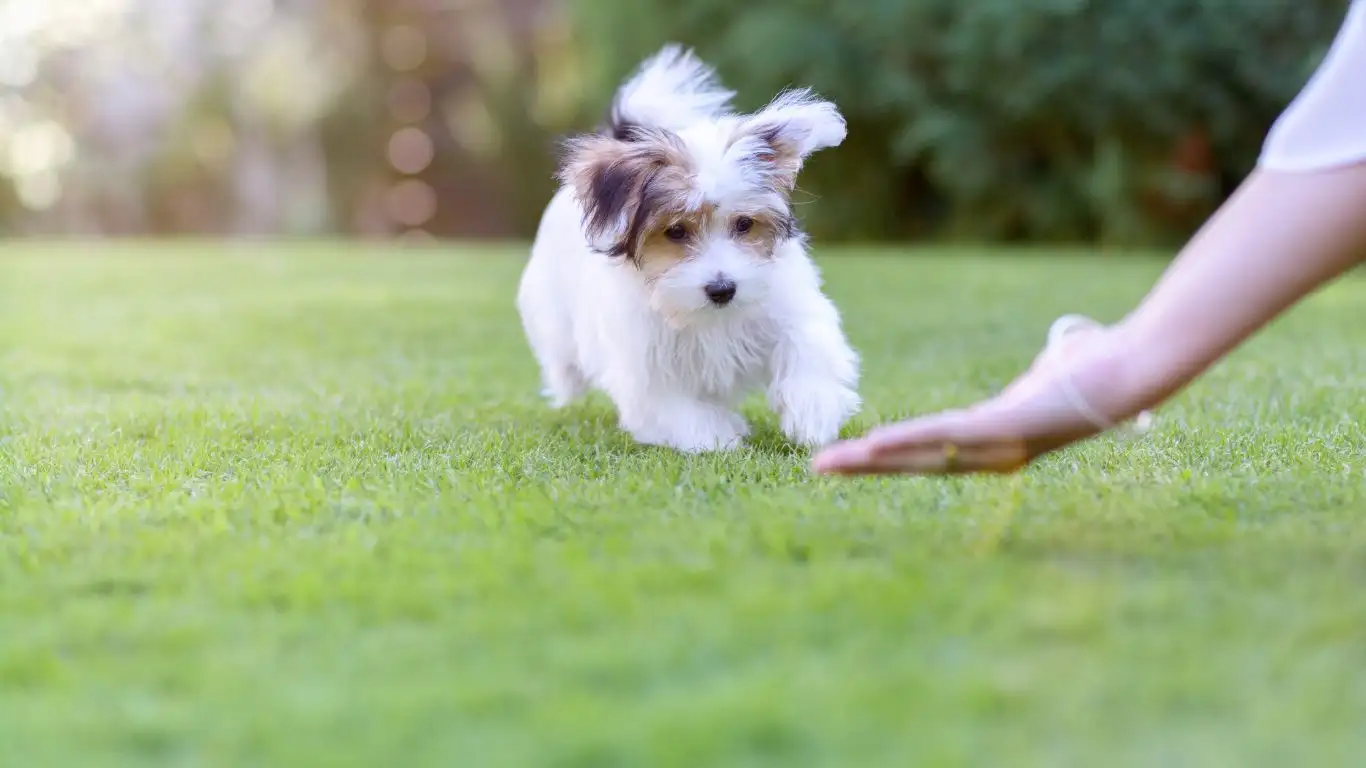
Once your dog is showing a bit of comfort with paw touches, it’s time to weave this practice into your daily routine. One thing I always tell new dog parents is that consistency is magic. It doesn’t need to be a full training session every time—you can sneak in little moments of paw work throughout the day. Morning belly rub? Add a gentle paw hold. Post-walk cleanup? Turn that paw wipe into a trust-building moment. It all adds up.
When I was training Jasper, one of my therapy trainees, I tied paw handling into our nightly wind-down. Every night, same time, I’d sit with him on the rug, offer a paw, and follow up with his favorite treat (banana slices—don’t ask). It became so routine that he eventually started offering his paw as soon as I sat down. That’s when you know it’s working.
Tips to Stay Consistent Without Overwhelming
- Keep it short and sweet: Just 2–3 minutes of paw work per session is plenty.
- Pick calm moments: After exercise or during cuddle time is ideal.
- Watch for stress signals: Always let your dog set the pace. No pressure, no rush.
Remember, the goal isn’t just tolerance—it’s helping your dog feel safe with something that used to feel scary. That’s the heart of canine-assisted therapy, and honestly, it’s just good dog parenting in general.
Incorporating Tools the Right Way
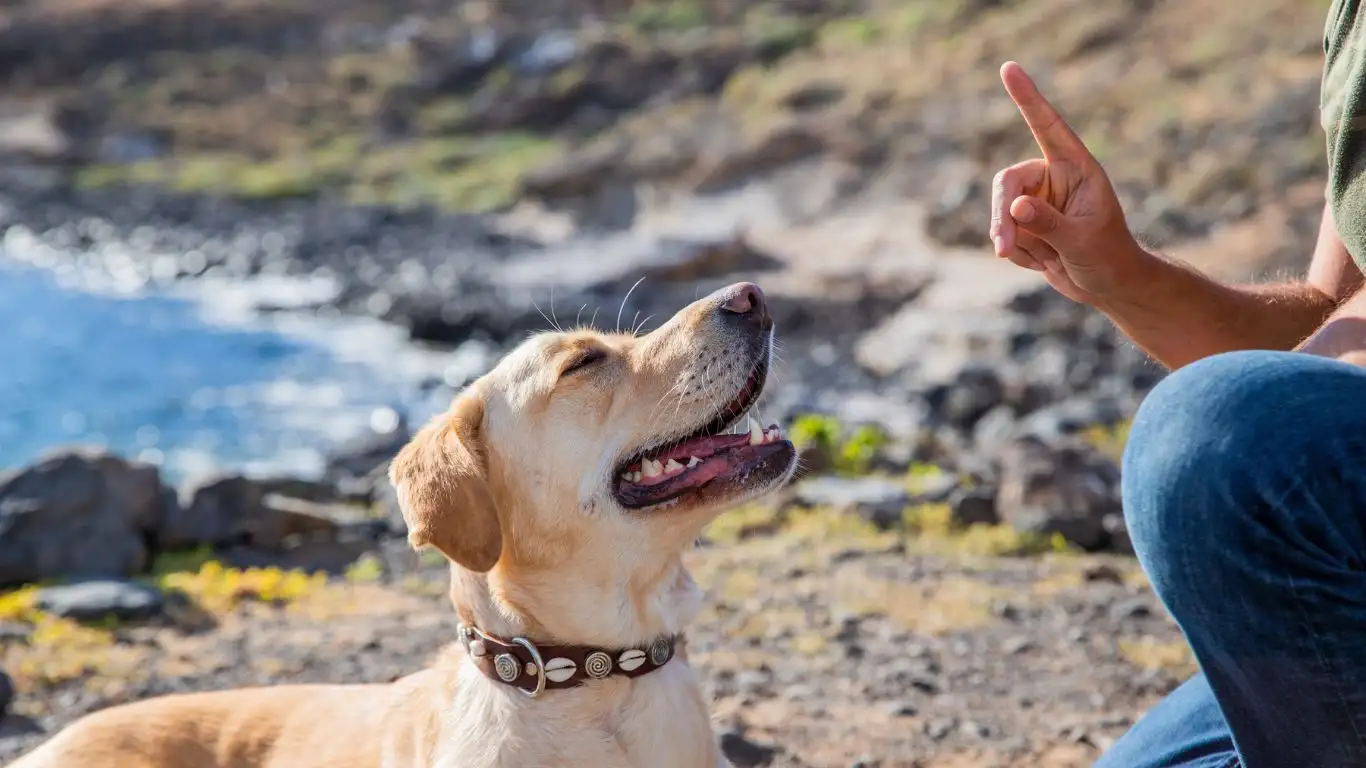
Once your pup is cool with you handling their paws, you might be tempted to jump right into nail trimming or paw cleaning. Hold up, though—introducing tools too fast can undo all your progress. You’ve got to go slow and treat every tool like a new character in your dog’s story.
Introducing Clippers, Wipes, and Files
- Let them sniff first: Put the clippers or file on the floor and let your dog investigate without using it.
- Pair with rewards: Reward your dog for just being near the tool. We’re building positive associations here.
- Mimic the motion: Practice the movement of clipping without actually trimming anything. I call this “dress rehearsal.”
With my therapy dogs, especially the ones who visit pediatric units, clean and tidy paws are a must. But I always remind handlers not to skip the prep work. You can’t rush trust. I’ve had more success introducing a nail grinder over a week than trying to do a full trim on day one. It’s about patience, not perfection.
When to Get Extra Help
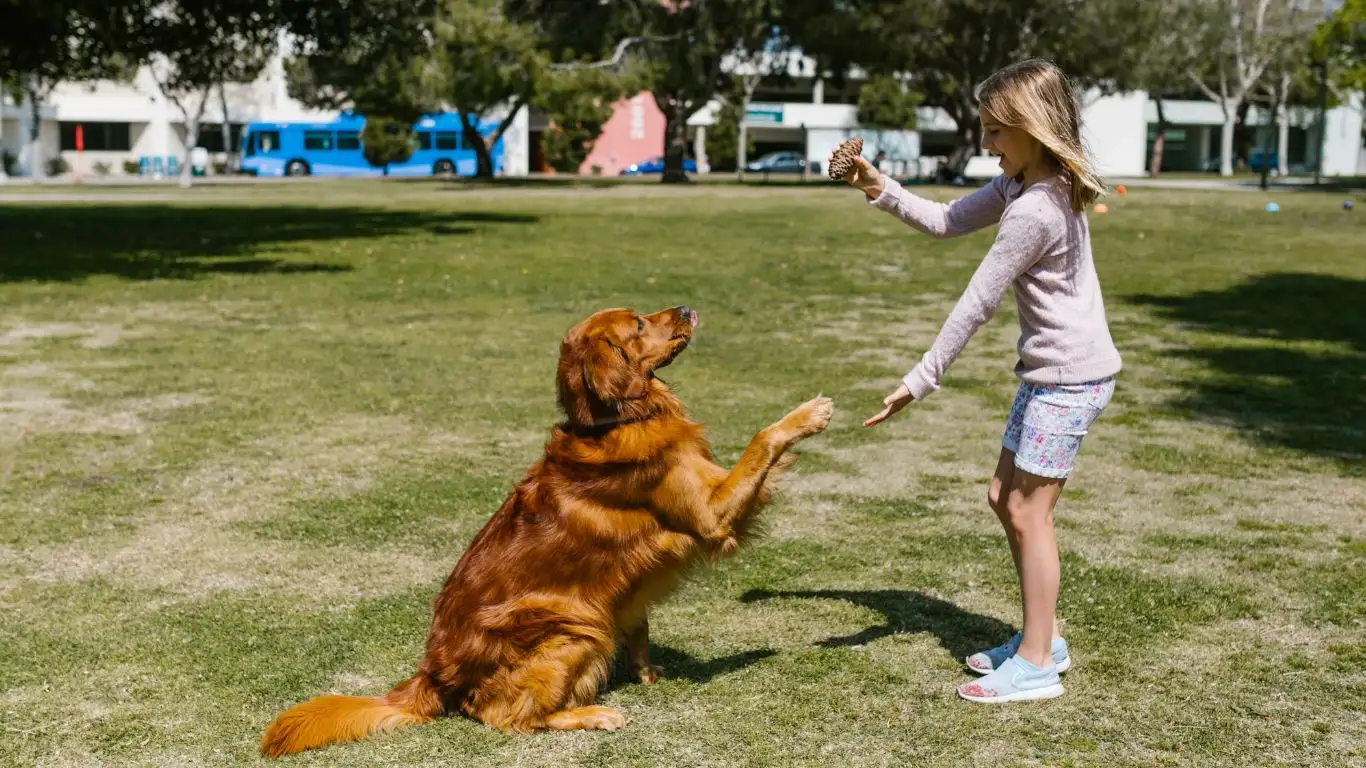
Okay, let’s get real for a second. Sometimes, no matter how patient or loving you are, your dog still says a big fat “nope” to paw handling. That’s totally valid. Some dogs have deeper trauma or anxiety that requires a bit more professional help—and that’s nothing to be ashamed of. In fact, recognizing that is part of being a responsible, emotionally aware dog parent.
If your pup growls, bites, or shows intense fear around paw work, reach out to a certified positive reinforcement trainer or a veterinary behaviorist. I’ve worked with several dogs who had to take a step back and work on overall touch desensitization before coming back to paw-specific work. It’s a journey, not a sprint.
Signs It’s Time to Call a Pro
- Consistent avoidance or panic around paw work
- Growling or snapping when you approach their feet
- Body stiffening, freezing, or hiding when tools appear
I remember a senior beagle named Rudy we worked with at the clinic. Sweetest guy on the planet, but any time someone even looked at his paws, he’d shake like a leaf. We brought in a behaviorist who figured out he had an old injury no one knew about. After proper care and some trust rebuilding, Rudy eventually let his foster mom clean his feet with warm cloths. Slow progress, but real progress.
Make It a Trust Ritual, Not a Chore
One last thing before we move on—don’t treat paw handling like another task on your checklist. Make it something special. Talk to your dog during it. Praise them. Rub their ears afterward. I treat it as a bonding ritual with my own dogs. When they lift their paw and trust me enough to let me hold it, that’s a silent kind of “I love you.” You can’t fake that.
Training a dog to accept paw handling isn’t just about grooming—it’s about building connection, safety, and mutual respect. And when you get there? It’s incredibly rewarding, for both of you.
Advanced Techniques to Reinforce Paw Handling Comfort
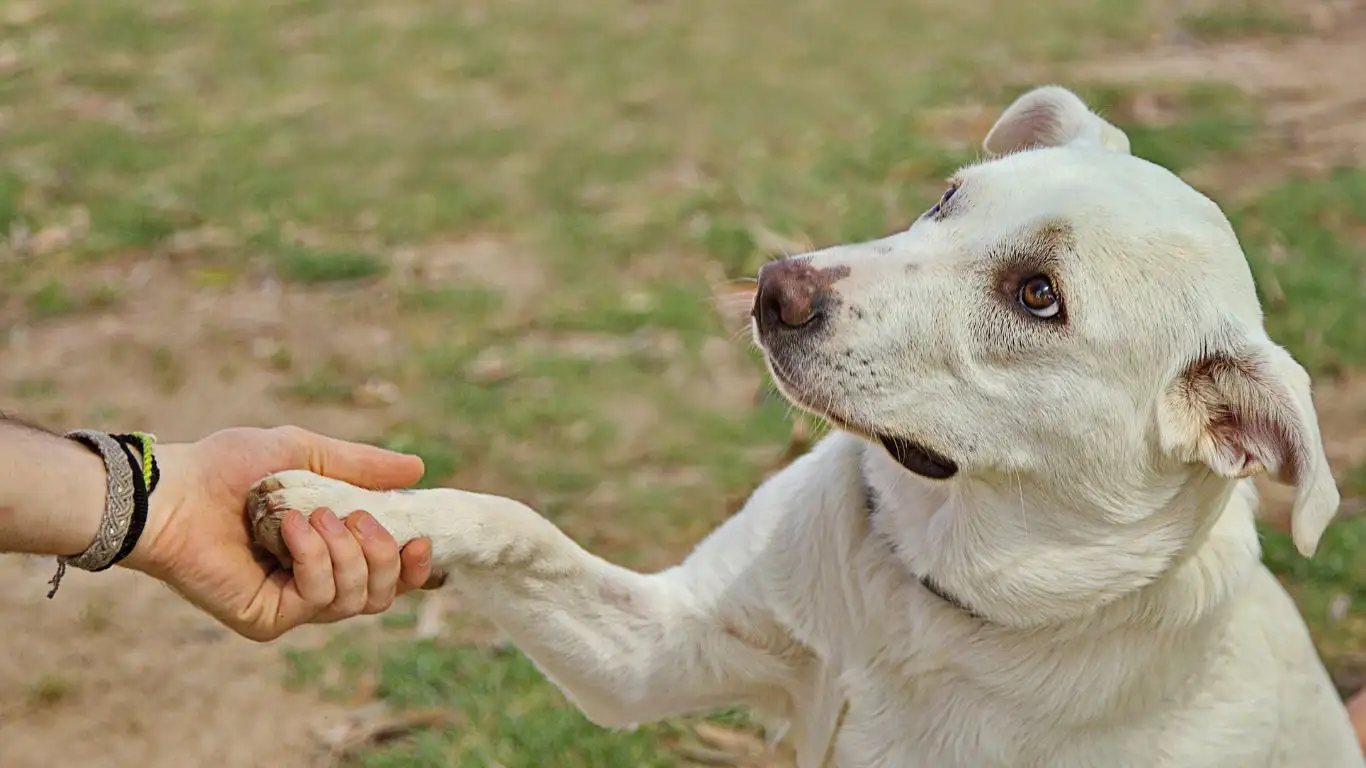
By this stage, your dog is hopefully more comfortable with having their paws touched. But sometimes, especially with dogs who’ve had unpleasant experiences before, it takes a little extra finesse to deepen their comfort. From my years as a Canine-Assisted Therapy Trainer, I’ve found that layering in some advanced techniques can really make a difference.
Use Targeting to Guide Your Dog
Targeting is a neat trick that helps your dog focus on specific movements or touches by giving them a clear goal. For paw handling, you can teach your dog to touch their paw to your hand on command. This shifts the interaction from “You’re going to touch me” to “I choose to touch you.” It’s empowering for them.
- Hold your hand out flat, palm up.
- When your dog naturally lifts or nudges their paw toward your hand, mark it with a clicker or verbal cue like “Yes!”
- Reward immediately with a treat.
- Repeat this several times over short sessions.
- Gradually add a verbal cue like “Paw” before presenting your hand.
This technique helps build voluntary participation. My own dog, Lila, used to shy away from paw touching, but once I taught her targeting, she started offering her paw eagerly. It’s a game-changer!
Massage and Desensitize Around the Paw
Another tip I often share with therapy dog handlers is to gently massage the areas around the paw, like the leg, ankle, and even the toes, to build positive sensations. Sometimes, it’s not just the paw itself but the surrounding nerves that make dogs sensitive.
- Start by softly stroking the leg.
- Slowly use your fingers to massage small circles around the paw pads and toes.
- If your dog stays calm, reward with praise or a treat.
- Stop if your dog shows any discomfort, and try again later.
This can also help improve circulation and flexibility, which is a nice bonus! I always remind handlers to keep sessions short and enjoyable to avoid overwhelming their dog.
Common Mistakes to Avoid When Training Paw Handling
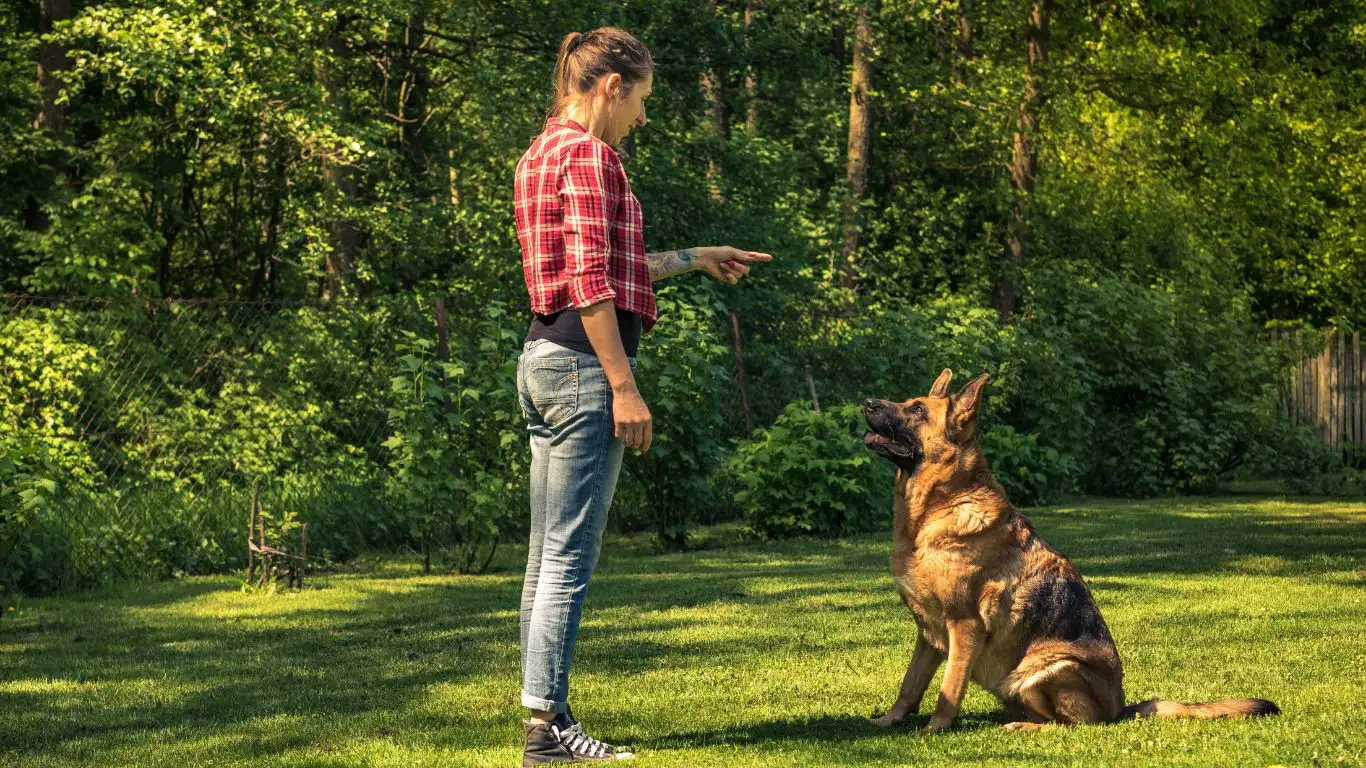
It’s easy to unintentionally create setbacks during paw training, especially when you really want to help your dog. Here are some pitfalls I’ve witnessed, and how to steer clear of them:
Rushing the Process
This one’s huge. Patience is truly the secret sauce. Trying to speed through the steps or pushing your dog too hard only increases fear and resistance. Think of it as teaching a kid to swim—you wouldn’t toss them in the deep end right away, right? Same with dogs and paws.
Using Force or Punishment
Never force your dog to hold still or punish them for pulling away. It damages trust and can turn a small fear into a big trauma. If your dog is uncomfortable, back off, and try again later. Positive reinforcement is the only way I recommend. When you reward calm, cooperative behavior, you’re building a lifelong bond.
Ignoring Stress Signals
Sometimes, out of excitement or frustration, we overlook subtle signs that a dog is overwhelmed. Remember those calming signals we talked about earlier? Respect them. If your dog turns their head, licks their lips, or freezes, give them a break. Training should always be a dialogue, not a monologue.
Real-Life Success Stories from My Canine-Assisted Therapy Work
Over the years, I’ve been lucky to witness some inspiring transformations. One that stands out is with a timid border collie named Penny. Penny was rescued from a chaotic shelter environment where she was rarely handled. Her foster family struggled with basic grooming, especially paw handling. With daily, gentle desensitization sessions and lots of treats, Penny gradually started trusting human touch around her paws. Fast forward a few months, and she was confidently participating in therapy visits, letting patients examine her paws without flinching. Moments like that remind me why this work matters.
Another dog, Max—a rescue with a history of paw injury—taught me the importance of consulting professionals. His anxiety was so high that no amount of home training helped. After working with a veterinary behaviorist, we learned that medical intervention and slow rehab were needed. Max’s progress was slow but steady, and today, he’s comfortable and happy during paw care.
References and Resources
- American Veterinary Medical Association (AVMA) – Trusted resource on canine health and handling.
- Association of Professional Dog Trainers (APDT) – For finding certified trainers and learning positive reinforcement techniques.
- Cesar’s Way – Helpful articles on dog behavior and training basics.
Disclaimer
This article is intended for informational purposes only and does not replace professional veterinary advice or behavior consultation. If your dog shows signs of distress or aggression during paw handling, please consult a certified trainer or veterinary behaviorist to ensure your dog’s safety and well-being.
